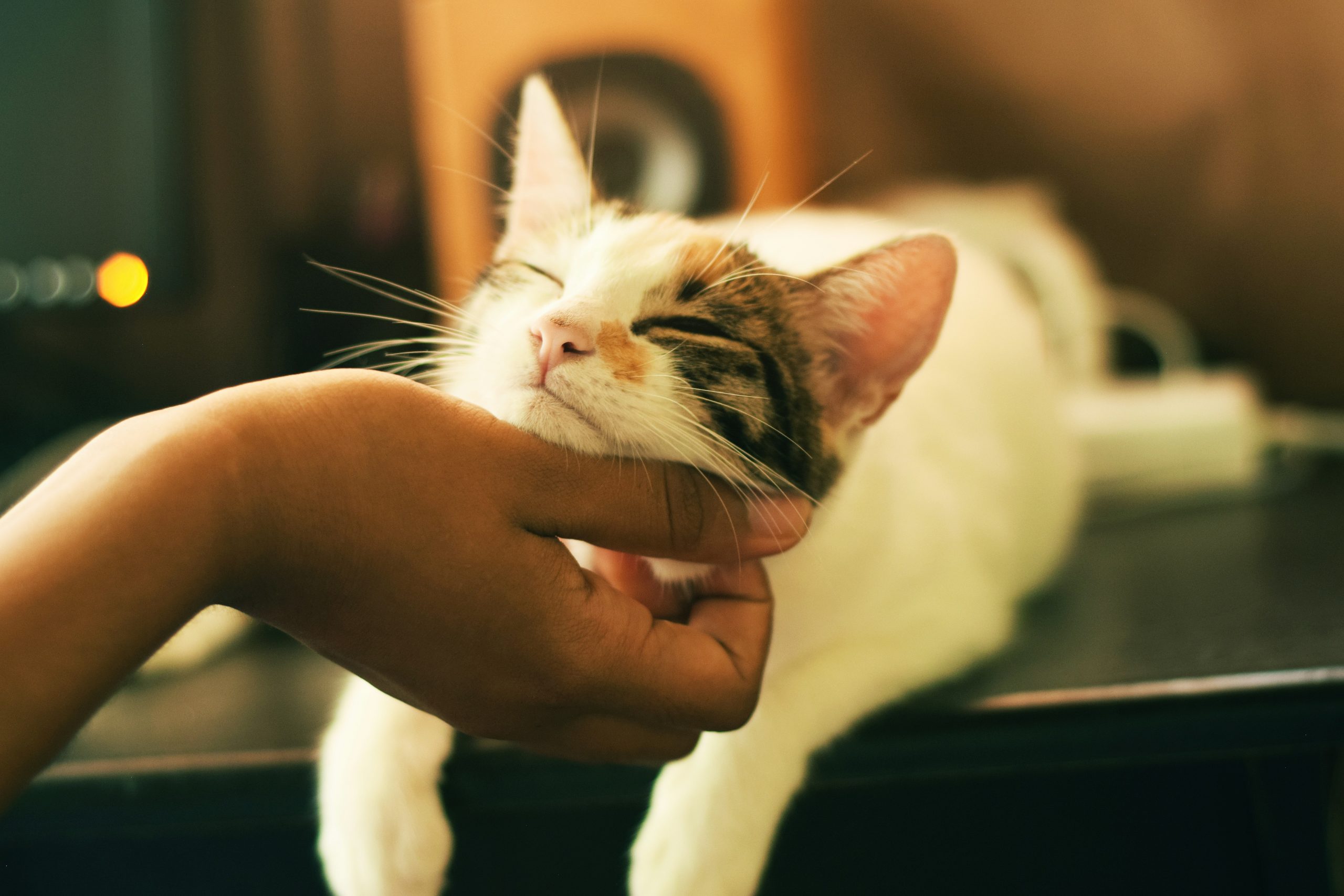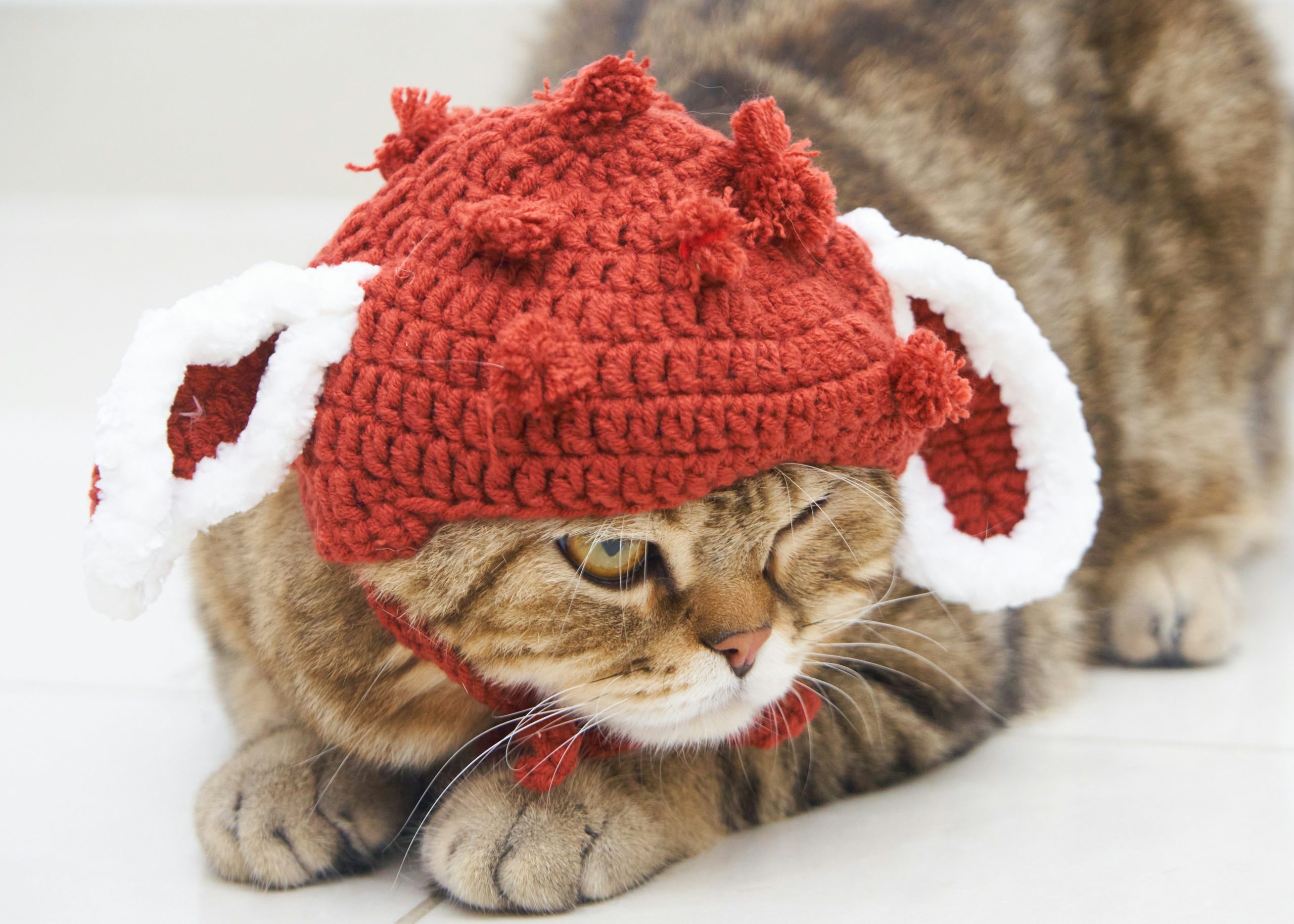The subtle gestures and expressions of cats often carry profound meanings, embodying their complex emotional lives and the depth of their bonds with humans. Among these nuanced behaviours, the slow blink stands out as a particularly significant form of communication. This seemingly simple act, where a cat gently closes its eyes in a deliberate slow motion before opening them again, is far more than just a blink. It’s a window into the feline’s soul, conveying trust, affection, and contentment. To the uninitiated, it may appear trivial, but to those attuned to the language of cats, it’s a profound expression of love and trust. This article delves into the meaning behind the slow blink, exploring its significance in the feline world and how humans can understand and reciprocate this loving gesture, thus deepening the bond with their furry companions.

The Science of the Slow Blink
The slow blink is a fascinating behaviour rooted in the biology and social dynamics of cats. Scientific studies suggest that this gesture is a form of non-verbal communication used by cats to signal trust and contentment to their peers and humans. When a cat slowly blinks at someone, it effectively lowers its defences, showing that it feels safe and secure in their presence. This behaviour is thought to be a feline version of a smile, a universal sign of friendliness and affection across species. In the wild, cats are solitary hunters who must always be alert to danger. Closing their eyes in the presence of another signifies a significant level of comfort and trust, as it makes them vulnerable. In a domestic setting, when a cat offers a slow blink to its human, it’s extending a gesture of trust and affection, signalling that it views the person as a friend and ally. Understanding this behaviour from a scientific perspective can enhance our appreciation of the depth of trust our feline friends are capable of, encouraging us to respond in kind and strengthen our bond with them.
Interpreting the Slow Blink
Interpreting a cat’s slow blink is key to understanding the emotional state and needs of our feline companions. When a cat looks at you and slowly closes its eyes, holding them shut for a moment before slowly opening them again, it’s communicating a message of love and trust. This behaviour is often accompanied by a relaxed posture and a calm demeanour, further signalling that the cat feels safe and content. Observing this behaviour in different contexts can offer insights into your cat’s feelings towards you and its environment. A slow blink in a relaxed setting, such as when you’re both lounging on the couch, can be seen as a cat’s way of saying, “I love you and feel comfortable around you.” In contrast, a slow blink offered during a tense situation, such as a visit to the vet, might be your cat’s way of seeking reassurance and comfort. Recognizing and correctly interpreting the slow blink can deepen the emotional connection between you and your cat, allowing for a more empathetic and responsive relationship.
How to Respond to a Cat’s Slow Blink
Responding to a cat’s slow blink is an opportunity to reciprocate their affection and strengthen the bond between you. The best way to respond is to mirror the gesture, slowly closing your eyes and then opening them again while maintaining a relaxed and calm demeanour. This act of mimicking a cat’s slow blink can communicate your trust and affection in return, essentially speaking their language and letting them know they are loved and safe with you. It’s important to keep your movements gentle and unhurried, as sudden actions may startle them and break the moment of connection. In addition to mirroring the slow blink, you can further reinforce the bond by speaking softly to your cat or offering a treat or gentle petting, depending on your cat’s preferences. By responding appropriately to the slow blink, you acknowledge your cat’s gesture of trust and love, fostering a deeper mutual understanding and strengthening the emotional connection between you.
The Impact of the Slow Blink on the Human-Cat Bond
The slow blink has a significant impact on the human-cat bond, serving as a bridge of communication and trust between species. This simple gesture can profoundly affect the relationship, enhancing feelings of trust, security, and affection. For cats, receiving a slow blink in return from their human companions reinforces their sense of safety and belonging, making them more likely to engage in social behaviours and show affection. For humans, understanding and participating in this form of communication can lead to a greater appreciation of the emotional depth and complexity of their feline friends. It encourages a more empathetic and responsive approach to pet care, where the needs and feelings of the cat are acknowledged and respected. The slow blink is a testament to the nuanced ways in which cats express their feelings and offers a unique opportunity for humans to engage with them on a deeper emotional level, strengthening the bond and enriching the lives of both parties.
The slow blink in cats is a profound gesture of trust, affection, and contentment, serving as a unique form of communication between felines and their human companions. Understanding the science behind this behaviour, interpreting its meaning, and knowing how to respond can greatly enhance the bond between cats and their owners. This simple act of closing and opening the eyes slowly is much more than it appears; it’s a cat’s way of expressing love and trust, inviting their human into their emotional world. By recognizing and reciprocating this gesture, humans can deepen their relationship with their feline friends, fostering a mutual feeling of security and affection. The slow blink is a beautiful example of the subtle yet profound ways in which animals communicate their feelings, and engaging in this exchange can lead to a more fulfilling and empathetic companionship.


